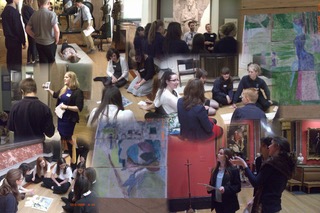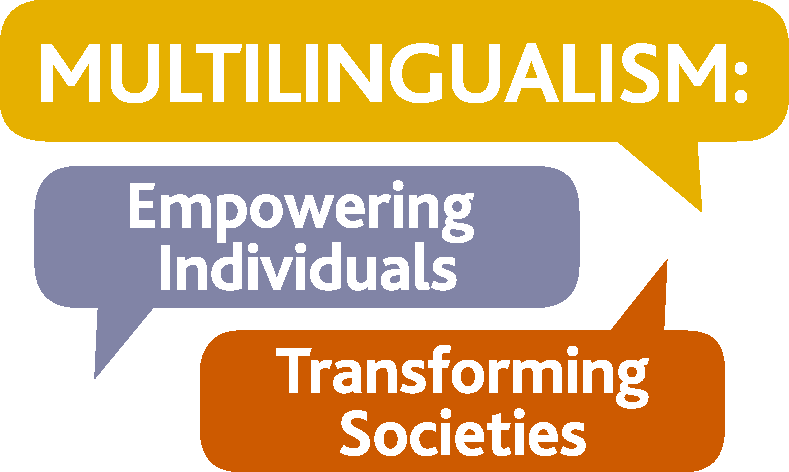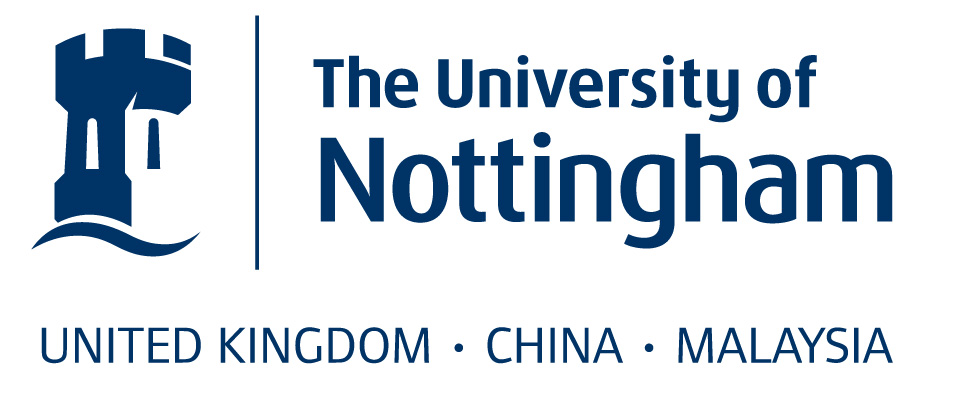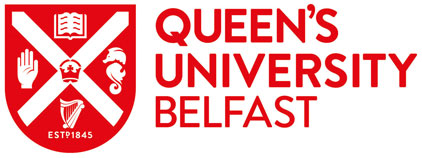We all remember the excitement of going on a school trip. Early starts, smelly sandwiches, laughter. Even if it was a very rare "summer lesson" when we were allowed to work outdoors (thanks Mrs Caldwell), that change of scene gave everything an air of adventure and let us lay down memories to savour later in a series of "remember when"s.
Many schools in the UK continue to run successful language study visits and exchange programmes, though due to safeguarding concerns and other pressures on teachers, these are becoming rarer, reducing further the opportunities for working with languages outside the classroom. Yet, some of our past research in England has found that young language learners report wanting more contact with the culture of the language they are studying and more experience of using a language in real communicative contexts (Fisher, 2001; Evans and Fisher, 2009). In addition, young learners told us that they struggled to see the potential relevance of learning a foreign language; they understood that a foreign language might be useful for travel and maybe for jobs, but they could not see how it might be useful or relevant for them personally. Whether related or not to this lack of understanding of potential relevance, they also report lacking confidence in the subject, and this seemed unrelated to how well they were doing in their exams.
In order to begin in some small measure to address some of these concerns, for the last five years or so we have been running a project, where 13-14 year-old language learners have visited The Fitzwilliam Museum in Cambridge. Here they get a chance to use their languages outside the classroom, see language 'in action' and, we hope, boost their confidence. We adopt a CLIL (Content and Language Integrated Learning) approach, meaning that the students visit galleries where our trainee teachers have prepared a materials and activities in the foreign language being studied. The aim is that the students learn not only some new language, but also something about the wider world, in particular the art and history of the target language country. The project also helps young teachers understand not only how to plan appropriately for simultaneous language and content development, but also how to teach young people in an out-of-school context.

In some of the quotations from those learners who attended last year, we can see that they report improved knowledge and confidence, as well as great enjoyment from their visit to the museum:
“I thought this trip was going to be people going on about the history and art in France. Now, don't get me wrong, that would've been interesting, however this trip was fun, enjoyable and interesting! There were different activities to take part in which we all enjoyed.”
“I learnt a lot of new French words and understood almost everything thing which surprised me immensely!”
“The learning environment was very different compared to school and it was really nice not working from a textbook for once!”
“From this trip, I feel like I have a better understanding of the artwork and history, but mostly how to recognise words in French! I think that we all realised how much we actually knew in French which definitely surprised me, as I thought I would spend the whole day saying “oui”, “pardon?” and “je parle un peu de français”! “
Excitingly, our MEITS project team is developing its own plans for a languages museum. The aim is to produce a range of interesting and interactive exhibits to engage people's curiosity about languages and language learning, no matter what their age or language background. The museum will be a 'pop-up', that is, it will not be a permanent exhibition, but will tour a number of cities (Belfast, Edinburgh, Nottingham and Cambridge), staying for a few weeks in each. Everyone is welcome and we'll be encouraging teachers in particular to bring groups of language learners on a visit. Smelly sandwiches optional.
References:
Fisher, L. (2001). MFL recruitment post-16: the pupils' perspective. Language Learning Journal, 23, 33-40. doi.org/10.1080/09571730185200071
Evans, M. & Fisher, L. (2009). Language Learning at Key Stage 3: The Impact of the Key Stage 3 Modern Foreign Languages Framework and changes to the curriculum on provision and practice. DCSF. http://dera.ioe.ac.uk/11170/1/DCSF-RR091.pdf
Note: comments are moderated before publication. The views expressed in the comments are those of our users and do not necessarily reflect the views of the MEITS Project or its associated partners.






